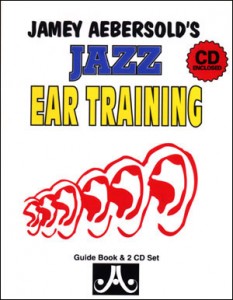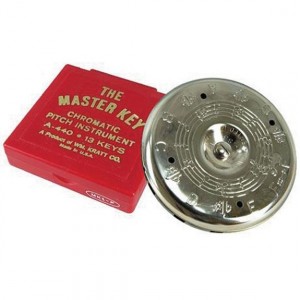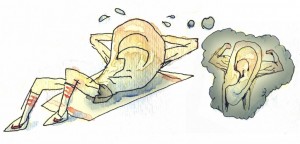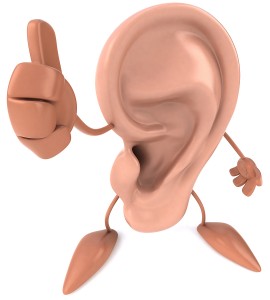For those of you who keep up with the blog here at Aebersold Jazz, you will have noticed that it has been a while since we posted last. Fortunately (for us!) we have been fairly busy for the last few weeks around here. But, to tide you over until something more substantial, I thought I would share with you some of Jamey’s thoughts on Ear Training, as taken from the introduction of Jamey Aebersold’s Jazz Ear Training Book. Without further ado, here is what Jamey has to say!
Introduction
I urge you to TAKE YOUR TIME when working with these two ear training CD’s. You are smarter than you think you are when it comes to recognizing intervals, chords, etc. You just don’t know how to label them yet. You already hear a lot but you just don’t know what it is that you’re hearing. Be patient with yourself. I started out in music knowing nothing. If you read about Charlie Parker and other famous musicians, you’ll find they started out knowing nothing, too. It’s ok to learn. It sure beats not learning!
Using a small, round Kratt Pitch Pipe (C to C, as seen above) will help you to work on intervals and chord recognition while you’re walking, driving, lying in bed, etc. When I was in college, I carried a pitch pipe in my car. Everytime I turned the radio on I would guess the key the song was in and then check it with my pitch pipe. Or, I’d hear a phrase I liked and use the pitch pipe to find the various intervals. I worked on this for three or four years and my ears became comfortable with intervals. I was amazed how the process had gradually made me a much better musician and listener. Transcribing solos became much easier. Listening to all forms of music became more enjoyable. I felt like I was no longer in the dark. I had come into the light and that was the result of using my mind – my inter musical mind. It didn’t hurt, either.
Training the ear to hear individual pitches, intervals, chords, and harmony is important to the basic development of jazz musicianship. Since the jazz player has to instantly react to the harmony while playing his or her instrument, it’s extremely helpful to be able to know what intervals and chords or alterations are being sounded.
This ear training course, when used with discipline, will enable you to hear and identify sounds better on a daily basis. I strongly encourage you to sing out loud, to yourself, or sing mentally. While doing so, pay close attention to the intervals you are singing. Make a habit of constantly trying to identify everything you sing or that you hear others play on records, radio, tv, cassette, CD’s, etc. Get close to the harmony that surrounds us all day long.
I feel it’s necessary to be able to hear the chromatic scale and the smaller intervals, such as the half steps (which are called minor 2nds), major 2nds (called whole steps), minor 3rds, and major 3rds. Scales are built primarily of major and minor 2nds. Chords primarily use major and minor 3rds. The chromatic scale is built entirely of half steps called minor 2nds. The CDs (Included in Jamey Aebersold’s Jazz Ear Training) begin with the chromatic scale. I call this scale the Musical Alphabet. I suggest singing this scale until you can go up and down, starting and ending on C, in tune. Carrying a small, round, Kratt pitch pipe will help you to practice interval recognition while on the go. Use it to help yourself check the various exercises presented on these CDs.
As humans, we are built with this ability to discern between different chord and scale qualities. It just takes some concentration and practice to make it more automatic. Keep in mind that root and 3rd are very important because they tell us what type or quality scale or chord you are dealing with. Once you can instantly identify the root and 3rd, you’ll find your inner ear will remember it, and this is what will be valuable when you begin improvising. After you can identify the root, the two most important notes are the third and the seventh.
With practice, you’ll be able to identify quickly major, minor, dominant 7th, half-diminished, whole tone, and diminished qualities just like you quickly recognize a friend’s voice over the telephone. Scale and chord qualities are your friends, and the sooner you get acquainted, the sooner they will begin helping you understand, enjoy, and MAKE music.
Not being a naturally gifted musician myself, these lessons and advice are very applicable to my life. My first ever college course was sight singing and aural training, and never having done any sort of ear training prior to that, I had to work very hard in that class.
If I had used a course like this, or even merely applied some of the principles regularly, I’m sure I would have done better in the course. Beyond that, I would have been a better musician sooner. I have found it is always important to cull new skills as a musician, and having good ears is amongst the highest.




